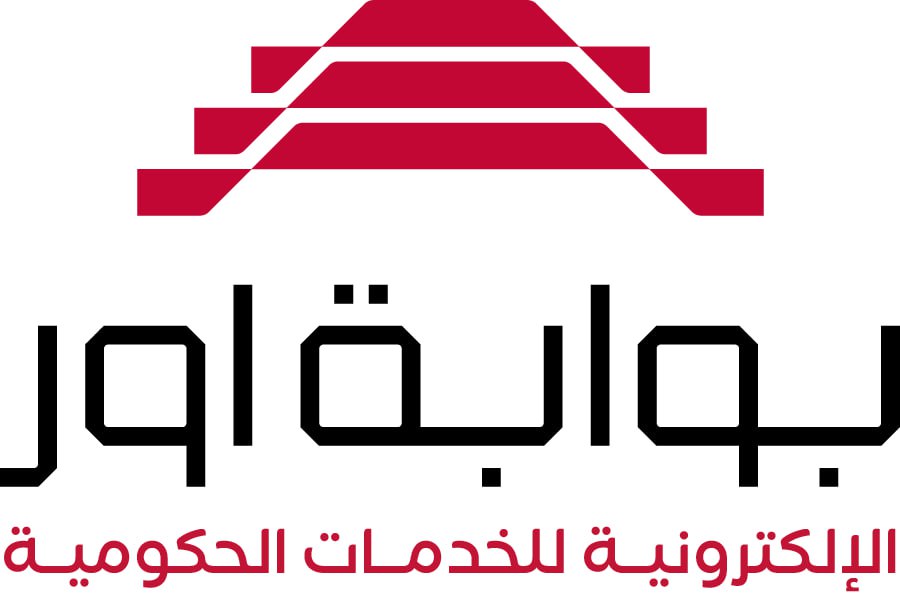Washback and Impact
Asst. Lect. Huda Abd ALkareem Zhgair
It has long been believed that tests directly influence educational processes in various ways. One common assumption is that teachers will be influenced by the knowledge that their students are planning to take a certain test and will adapt their teaching methodology and lesson content to reflect the test’s demands. The term ‘backwash’ has been used to refer to the way a test affects teaching materials and classroom management, although within the applied linguistics and language testing community the term ‘washback’ is more widely used today. Washback is generally perceived as being either negative (harmful) or positive (beneficial). Negative washback is said to occur when a test’s content or format is based on a narrow definition of language ability, and so constrains the teaching/learning context. Davies et al. (1999: 225) offer the following illustration: ‘If, for example, the skill of writing is tested only by multiple choice items then there is great pressure to practise such items rather than to practise the skill of writing itself’. Positive washback is said to result when a testing procedure encourages ‘good’ teaching practice; for example, an oral proficiency test is introduced in the expectation that it will promote the teaching of speaking skills.
The past ten years have seen a growing awareness that testing can have consequences beyond just the classroom. Tests and test results have a significant impact on the career or life chances of individual test takers (e.g. access to educational/employment opportunities). They also impact on educational systems, and on society more widely: for example, test results are used to make decisions about school curriculum planning, immigration policy, or professional registration for doctors; and the growth of a test may lead publishers and institutions to produce test preparation materials and run test preparation courses. The term ‘impact’ is generally used to describe these consequences of tests. Some language testers consider washback as one dimension of impact, describing effects on the educational context (Hamp-Lyons 1997); others see washback and impact as separate concepts relating respectively to ‘micro’ and ‘macro’ effects within society. Most testers locate both concepts within the theoretical notion of ‘consequential validity’ in which the social consequences of testing are part of a broader, unified concept of test validity (Messick 1989, 1996). Consequential validity (along with related themes of fairness and ethics) has been extensively discussed among language testers in recent years (Kunnan 2000). Most testers now acknowledge that washback and impact are highly complex phenomena; some take a stronger view derived from critical theory in which language testing is characterized as the exercise of power by one party over another (Shohamy 2001).


 كلية الطب
كلية الطب
 كلية طب الاسنان
كلية طب الاسنان
 كلية الصيدلة
كلية الصيدلة
 كلية العلوم الطبية التطبيقية
كلية العلوم الطبية التطبيقية
 كلية التمريض
كلية التمريض
 كلية الطب البيطري
كلية الطب البيطري
 كلية الهندسة
كلية الهندسة
 كلية العلوم
كلية العلوم
 كلية العلوم السياحية
كلية العلوم السياحية
 كلية الادارة والاقتصاد
كلية الادارة والاقتصاد
 كلية العلوم الاسلامية
كلية العلوم الاسلامية
 كلية علوم الحاسوب وتكنولوجيا المعلومات
كلية علوم الحاسوب وتكنولوجيا المعلومات
 كلية القانون
كلية القانون
 كلية التربية للعلوم الصرفة
كلية التربية للعلوم الصرفة
 كلية التربية للعلوم الانسانية
كلية التربية للعلوم الانسانية
 كلية التربية البدنية وعلوم الرياضة
كلية التربية البدنية وعلوم الرياضة
 كلية الزراعة
كلية الزراعة
 وزارة التعليم العالي والبحث العلمي
وزارة التعليم العالي والبحث العلمي
 بوابة اور الحكومية للخدمات الالكترونية
بوابة اور الحكومية للخدمات الالكترونية
 جامعة بابل
جامعة بابل
 جامعة بغداد
جامعة بغداد
 الجامعة التكنولوجية
الجامعة التكنولوجية
 جامعة ديالى
جامعة ديالى
 جامعة الموصل
جامعة الموصل
 جامعة الكوفة
جامعة الكوفة
 جامعة البصرة
جامعة البصرة
 جامعة الانبار
جامعة الانبار
 جامعة تكريت
جامعة تكريت
 جامعة القادسية
جامعة القادسية
 جامعة النهرين
جامعة النهرين
 جامعة كركوك
جامعة كركوك
 الجامعة المستنصرية
الجامعة المستنصرية
 جامعة ميسان
جامعة ميسان
 جامعة ذي قار
جامعة ذي قار
 جامعة واسط
جامعة واسط
 جامعة تكنولوجيا المعلومات والاتصالات
جامعة تكنولوجيا المعلومات والاتصالات
 الجامعة العراقية
الجامعة العراقية
 جامعة المثنى
جامعة المثنى
 جامعة القاسم الخضراء
جامعة القاسم الخضراء
 الجامعة التقنية الوسطى
الجامعة التقنية الوسطى
 جامعة الفلوجة
جامعة الفلوجة
 جامعة الفرات الاوسط التقنية
جامعة الفرات الاوسط التقنية
 الجامعة التقنية الجنوبية
الجامعة التقنية الجنوبية
 جامعة سامراء
جامعة سامراء
 جامعة جابر بن حيان الطبية
جامعة جابر بن حيان الطبية
 جامعة الكرخ للعلوم
جامعة الكرخ للعلوم
 جامعة نينوى
جامعة نينوى
 جامعة البصرة للنفط والغاز
جامعة البصرة للنفط والغاز
 جامعة الحمدانية
جامعة الحمدانية
 الجامعة التقنية الشمالية
الجامعة التقنية الشمالية
 جامعة ابن سينا للعلوم الطبية والصيدلانية
جامعة ابن سينا للعلوم الطبية والصيدلانية
 كلية الإمام الأعظم الجامعة
كلية الإمام الأعظم الجامعة
 جامعة سومر
جامعة سومر
 جامعة تلعفر
جامعة تلعفر
 جامعة الفراهيدي
جامعة الفراهيدي